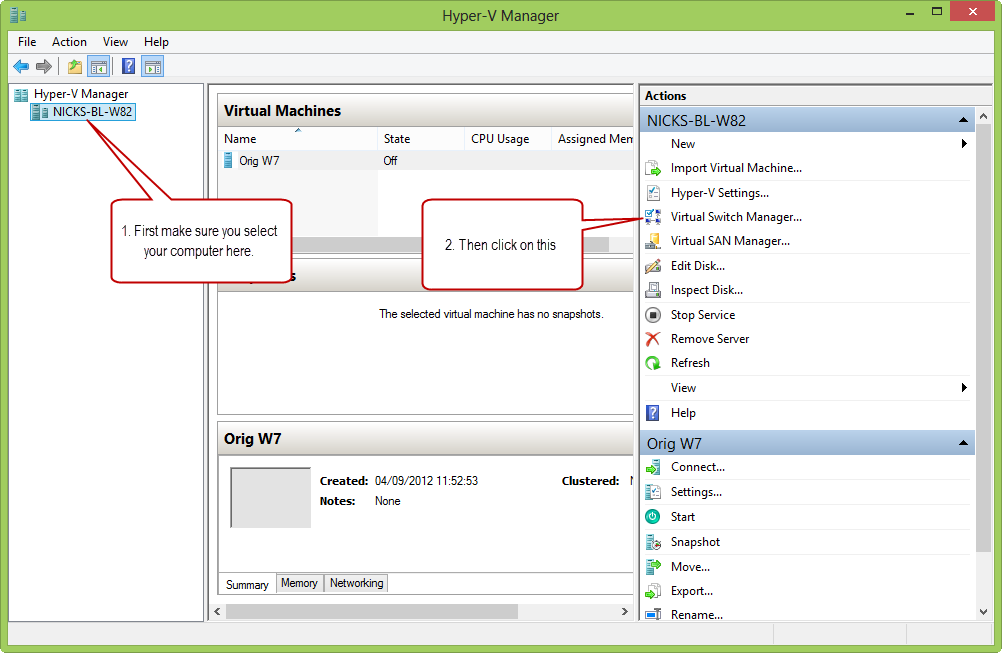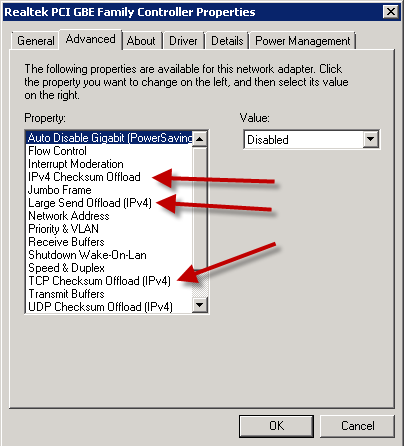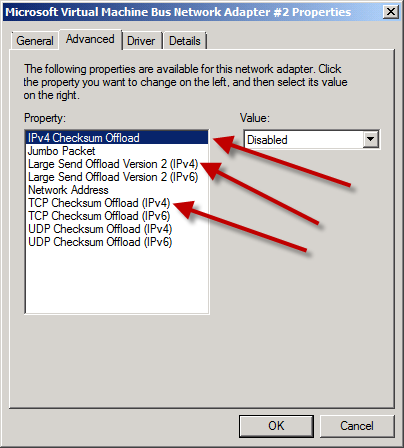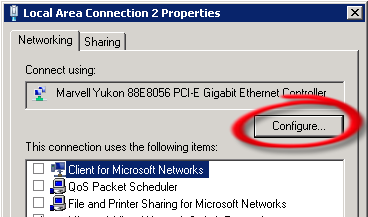There seem to be a number of scenarios where Hyper-V (and it’s many virtual networks and network adapters) can cause problems. My two are running VMware and problems with the Azure emulator with shared cache when debugging in Visual Studio.
To solve this problem you could uninstall the Hyper-V feature, but it’s still important for so many other tasks that this is a real pain.
It is possible to create a simple boot option for Windows 7 and 8 and Windows Server that disables the hypervisor. This is quick and painless, so when you ever need or don’t need Hyper-V, just reboot and select the option you want.
- Open a command prompt as Administrator (right-click the start button on the desktop and select ‘Command Prompt (Admin)’
- Type
bcdedit /copy {current} /d "Microsoft Windows 8 - No Hypervisor"and press enter.
This creates a new boot entry identical the the current one. - Type
bcdeditand press enter to list all the boot entries.
- Copy the identifier, including curly brackets, for the new boot entry (should be the last in the list)
- Now we need to disable the hypervisor on the new entry. Type
bcdedit /set {the new identifier} hypervisorlaunchtype offand press enter.
- Now reboot and you will be presented with a nice boot menu option and can choose to boot with or without Hyper-V







